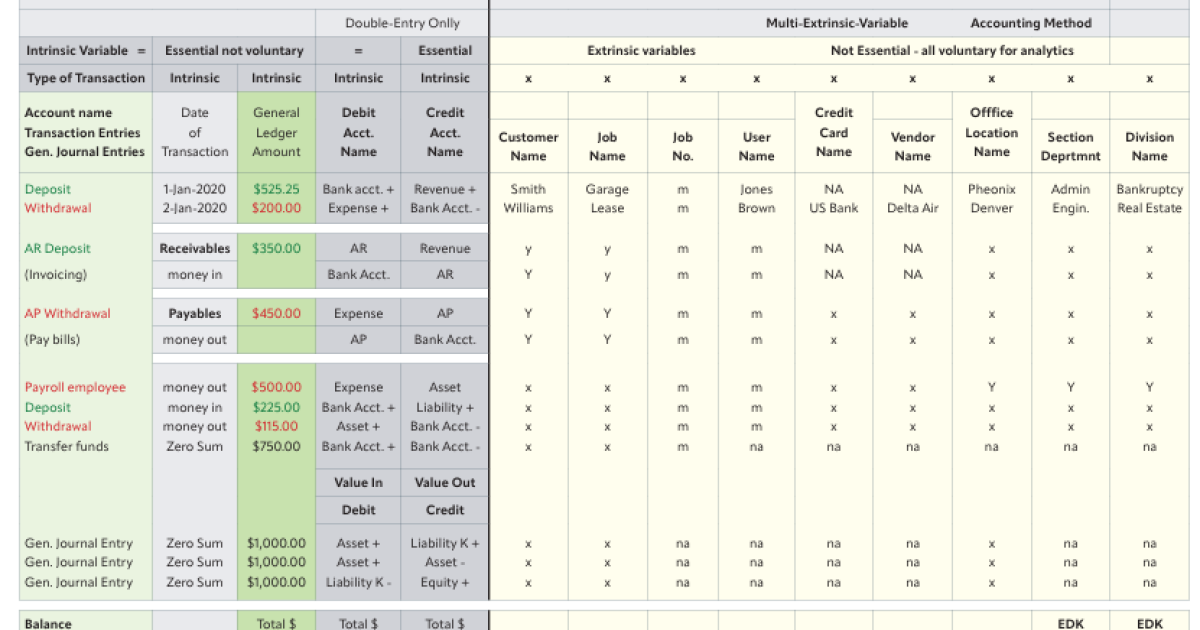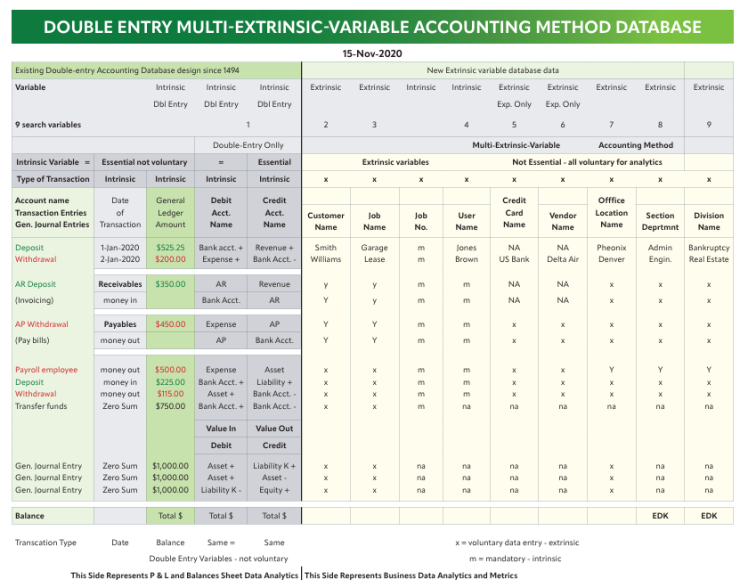Congress has started on the process of enacting major tax legislation in 2025. While both chambers of Congress and the Trump administration seem to want major tax legislation this year, and most expect them to somehow be able to achieve it, it looks like it is going to be a very difficult process.
As is often done with tax legislation by the party in the majority, to avoid the filibuster rules in the Senate requiring a 60-vote margin, the Republicans propose to pass the legislation under the budget reconciliation rules, requiring only a simple majority vote. Usually, the rules only permit one budget reconciliation bill per year; however, since no budget reconciliation bill was utilized in 2024, the rules permit two budget reconciliation bills this year.
At press time, the House was working on one large bill that includes taxes, border issues, and anything else related to revenue. The rules forbid inclusion of any provisions not germane to revenue. The Senate, however, is currently pursuing two budget reconciliation bills, with the first including everything except taxes, and taxes postponed to the second bill later in the year.
Before starting on the tax legislation itself, the House and Senate are required to agree on a budget framework, specifying how much in tax cuts and spending cuts may be included in the legislation.
The House, by a bare majority vote of 217-215, approved a budget resolution specifying $4.5 trillion in tax cuts and $2 trillion in spending cuts. The House resolution also assigned some allocations of spending cuts to specific committees, including an allocation of $880 billion to the House Energy and Commerce Committee, which is responsible for Medicaid.
The Senate has approved a budget number for its first budget reconciliation bill; however, it has not yet approved a budget number for the second reconciliation bill on tax matters. The House and Senate must agree on identical budget reconciliation numbers before proceeding to the legislative committees. It has been estimated that achieving this budget agreement alone could take into the mid-April time frame, and those estimates are usually optimistic.
Budget reconciliation also comes with some additional restrictions. In addition to all provisions being required to relate to revenue, budget reconciliation also requires that there be no projection of negative revenue impact beyond 10 years. This results in budget reconciliation bills often including temporary provisions, phase-ins and phase-outs to try to stay within the approved budget numbers.
The Tax Cuts and Jobs Act
The primary focus of the tax legislation this year is extending the individual provisions of the Tax Cuts and Jobs Act that expire at the end of 2025, a result of the TCJA itself having been passed under budget reconciliation with the budget number and 10-year restrictions.
There are also several business provisions that started to phase down a couple of years ago that the Republicans would also like to restore retroactively. Extending all these provisions permanently is estimated to cost over $4 trillion. It is estimated that a seven-year extension, as discussed in the House, would cost $3.7 trillion.
One key difference between the House and Senate is whether to just extend these provisions for some additional years or make them permanent. The Senate position currently is that they should be permanent, while the House appears willing to extend them for a shorter period in order to include some additional tax breaks. Both the House and Senate appear willing to utilize a current policy baseline in determining the extent to which tax provisions need to be offset to come within the budget reconciliation limitations.
Under the current policy baseline, merely extending provisions of the Tax Code already in effect does not require revenue offsets to avoid being counted in the budget restriction numbers. Congress has more commonly used a current law baseline, which would require extensions to be offset. This opens up $4 trillion for other tax cuts proposals; however, it still adds $4 trillion to any projected deficits. While it might work for budget reconciliation, it is likely to raise opposition from deficit hawks in Congress about its use greatly contributing to the deficit.
Other tax breaks
The legislation is also likely to consider additional tax breaks. In addition to the expiring TCJA provisions, additional expiring provisions likely to get consideration for extension include the Work Opportunity Tax Credit and the New Markets Tax Credit.
President Trump has also proposed several additional tax breaks: eliminating the tax on Social Security benefits, eliminating the tax on tips, eliminating the tax on overtime, exempting Americans living abroad from income tax, and reducing the corporate tax rate to 15% for domestic manufacturers and to 18% or 20% for other corporations.
Trump has also seemed open to modifying or eliminating the $10,000 state and local tax deduction limit included in the Tax Cuts and Jobs Act, which might also be necessary to gain the support of Republicans in Congress from high-tax states, although there is also a proposal to include eliminating the pass-through entity work-around for the SALT deduction.
Republicans have also generally supported repeal of the estate tax and repeal of the corporate alternative minimum tax.
Revenue raisers and spending cuts
President Trump has also mentioned some possible revenue raisers, which might provide a revenue offset for some of these tax cuts:
- Taxing carried interests at ordinary income rates;
- Increasing the tax on private university endowments;
- Reducing deductions available to sports team owners;
- Repealing or reducing the mortgage interest deduction;
- Repealing some or all of the green energy tax credits included in the Inflation Reduction Act;
- Ending the Employee Retention Credit;
- Repealing the nonprofit status of hospitals;
- Repealing the exclusion for municipal bond interest; and,
- Pulling back some IRS enforcement funding.
Trump also views his tariff proposals as providing additional revenue offsets.
The spending cut provisions in the budget reconciliation will also require difficult decisions with respect to determining who will bear the burden of those cuts. We have already seen the disarray created by the efforts of the Department of Government Efficiency to reduce the federal workforce.
Narrow Republican margins
Not only are there differences between the Republicans in the House and Republicans in the Senate, there are also differences among the Republicans in each body.
The narrow Republican majorities in both the House and Senate means that passage requires attracting the votes of almost every Republican member. This has proved especially difficult for the House, as evidenced by the budget number approval passing by only a two-vote margin, and that was only achieved by getting members to put off their concerns until they could be addressed during the legislation drafting process.
Postponing those issues until later just adds more difficulty in crafting legislation in a way that will retain those votes. Some of those issues include the SALT deduction limit, the permanency of the Tax Cuts and Jobs Act extension, potential reductions in Medicaid funding, and deficit concerns.
Summary
While the odds of major tax legislation this year still look good, it is likely to be a very difficult process that drags on through much of the year. It appears that either some of the proposed tax cuts will have to be passed on or put into effect for only a limited period, that deficits will be significantly increased, or that budget gimmicks such as use of the current policy baseline or taking tariffs into account will be used to try to claim compliance with the budget reconciliation numbers.


 Accounting6 days ago
Accounting6 days ago
 Economics1 week ago
Economics1 week ago
 Personal Finance6 days ago
Personal Finance6 days ago
 Accounting6 days ago
Accounting6 days ago
 Finance5 days ago
Finance5 days ago
 Economics1 week ago
Economics1 week ago
 Economics6 days ago
Economics6 days ago
 Economics6 days ago
Economics6 days ago












